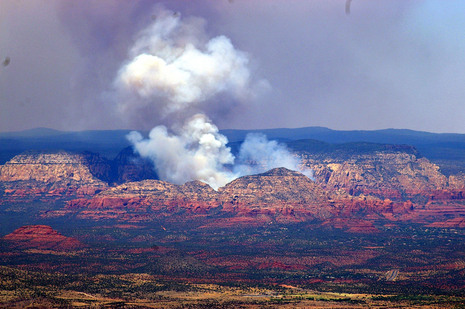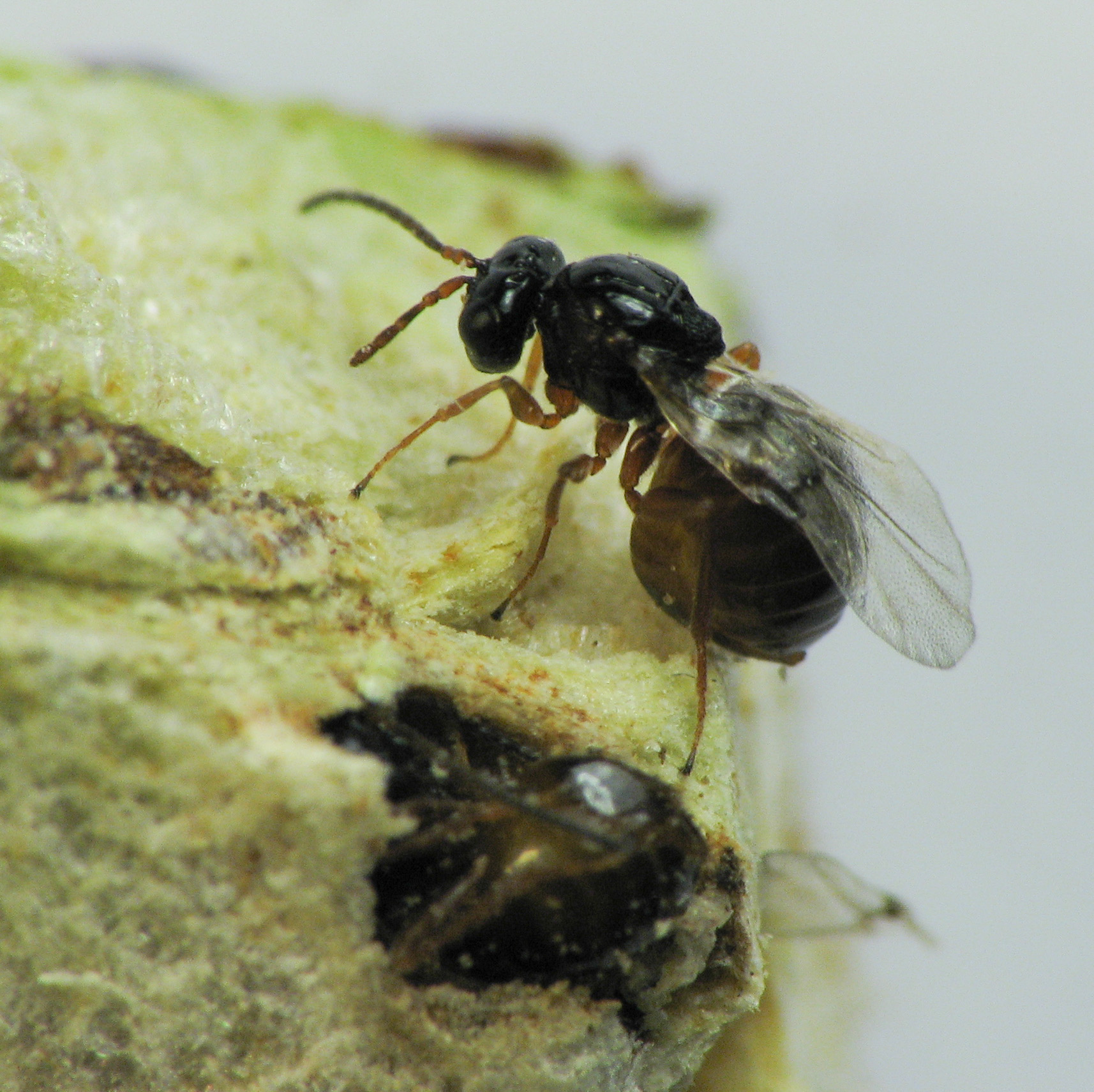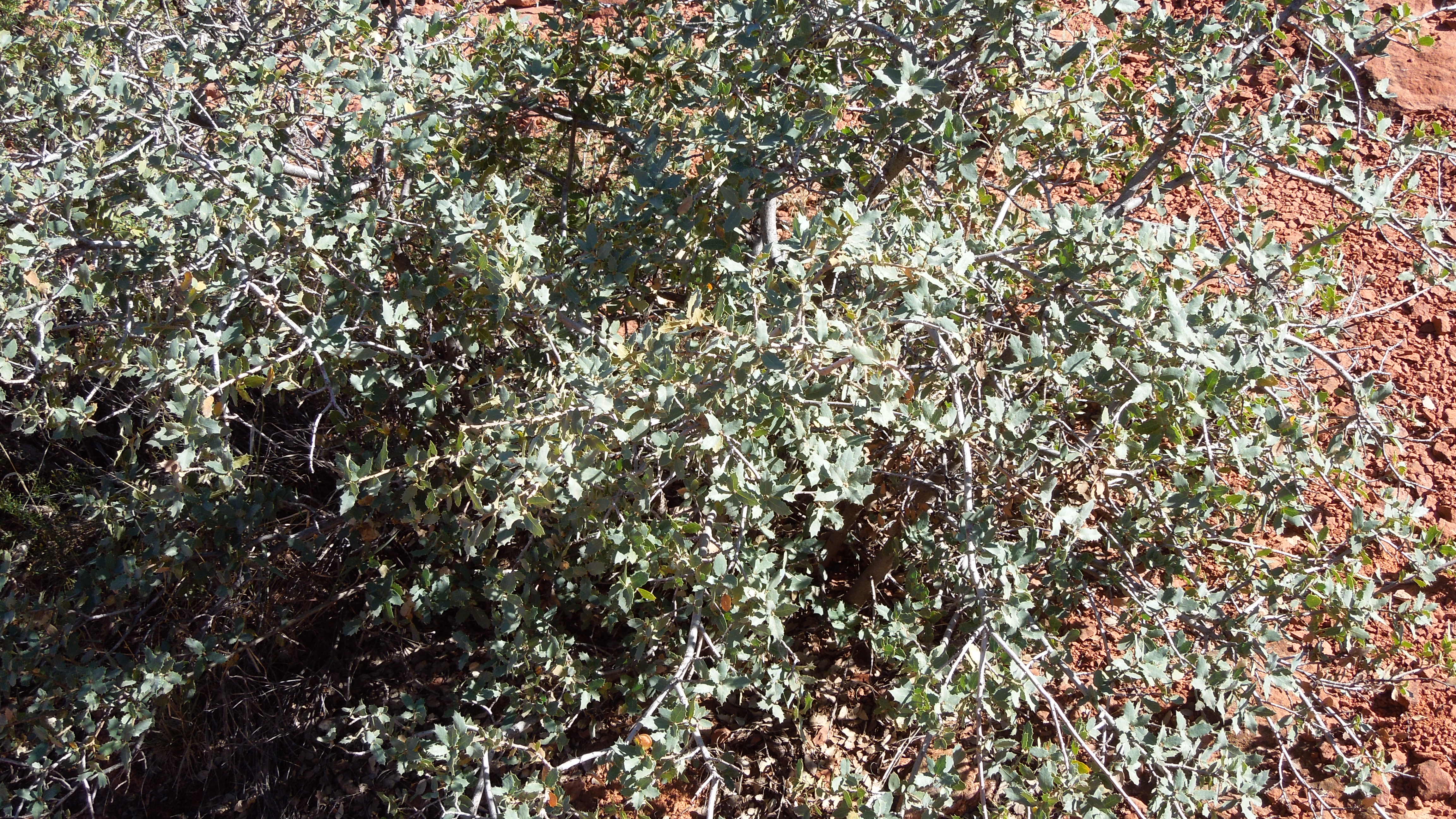|
Atrusca Capronae
''Atrusca capronae'', also known as the striped oak-apple gall wasp, is a fairly common species of cynipid wasp that produces galls on oak trees in North America. The wasp oviposits on shrub live oak leaves. The intensity of the stripe color may vary regionally. This wasp is most commonly observed in Arizona but is found elsewhere in southwestern North America where its host plant is present. See also * Oak apple An oak apple or oak gall is a large, round, vaguely apple-like gall commonly found on many species of oak. Oak apples range in size from in diameter and are caused by chemicals injected by the larva of certain kinds of gall wasp in the famil ... References Cynipidae Gall-inducing insects Insects of the United States Oak galls Insects described in 1930 {{Apocrita-stub ... [...More Info...] [...Related Items...] OR: [Wikipedia] [Google] [Baidu] |
Coconino National Forest
The Coconino National Forest is a 1.856-million acre (751,000 ha) United States National Forest located in northern Arizona in the vicinity of Flagstaff, with elevations ranging from 2,600 feet to the highest point in Arizona at 12,633 feet (Humphrey's Peak). Originally established in 1898 as the "San Francisco Mountains National Forest Reserve", the area was designated a U.S. National Forest by Pres. Theodore Roosevelt on July 2, 1908, when the San Francisco Mountains National Forest Reserve was merged with lands from other surrounding forest reserves to create the Coconino National Forest. Today, the Coconino National Forest contains diverse landscapes, including deserts, ponderosa pine forests, flatlands, mesas, alpine tundra, and ancient volcanic peaks. The forest surrounds the towns of Sedona and Flagstaff and borders four other national forests; the Kaibab National Forest to the west and northwest, the Prescott National Forest to the southwest, the Tonto National Forest ... [...More Info...] [...Related Items...] OR: [Wikipedia] [Google] [Baidu] |
Sedona, Arizona
Sedona ( ) is a city that straddles the county line between Coconino County, Arizona, Coconino and Yavapai County, Arizona, Yavapai counties in the northern Verde Valley region of the U.S. state of Arizona. As of the 2010 United States Census, 2010 census, its population was 10,031. The city is within the Coconino National Forest. Sedona's main attraction is its array of pink sandstone formations. The formations appear to glow in pink when illuminated by the rising or setting sun. The pink rocks form a popular backdrop for many activities, ranging from spiritual pursuits to the hundreds of hiking and mountain biking trails. Sedona was named after Sedona Schnebly whose husband, Theodore Carlton Schnebly, was the city's first postmaster. She was celebrated for her hospitality and industriousness. Her mother, Amanda Miller, claimed to have made the name up because "it sounded pretty". History Anglo-American settlement The first European-American settler, John J. Thompson, moved t ... [...More Info...] [...Related Items...] OR: [Wikipedia] [Google] [Baidu] |
Species
A species () is often defined as the largest group of organisms in which any two individuals of the appropriate sexes or mating types can produce fertile offspring, typically by sexual reproduction. It is the basic unit of Taxonomy (biology), classification and a taxonomic rank of an organism, as well as a unit of biodiversity. Other ways of defining species include their karyotype, DNA sequence, morphology (biology), morphology, behaviour, or ecological niche. In addition, palaeontologists use the concept of the chronospecies since fossil reproduction cannot be examined. The most recent rigorous estimate for the total number of species of eukaryotes is between 8 and 8.7 million. About 14% of these had been described by 2011. All species (except viruses) are given a binomial nomenclature, two-part name, a "binomen". The first part of a binomen is the name of a genus to which the species belongs. The second part is called the specific name (zoology), specific name or the specific ... [...More Info...] [...Related Items...] OR: [Wikipedia] [Google] [Baidu] |
Cynipid Wasp
Gall wasps, also traditionally called gallflies, are hymenopterans of the family Cynipidae in the wasp superfamily Cynipoidea. Their common name comes from the galls they induce on plants for larval development. About 1,300 species of this generally very small creature () are known worldwide, with about 360 species of 36 different genera in Europe and some 800 species in North America. Features Like all Apocrita, gall wasps have a distinctive body shape, the so-called wasp waist. The first abdominal tergum (the propodeum) is conjoined with the thorax, while the second abdominal segment forms a sort of shaft, the petiole. The petiole connects with the gaster, which is the functional abdomen in apocritan wasps, starting with the third abdominal segment proper. Together, the petiole and the gaster form the metasoma, while the thorax and the propodeum make up the mesosoma. The antennae are straight and consist of two or three segments. In many varieties, the backside of the mes ... [...More Info...] [...Related Items...] OR: [Wikipedia] [Google] [Baidu] |
Galls
Galls (from the Latin , 'oak-apple') or ''cecidia'' (from the Greek , anything gushing out) are a kind of swelling growth on the external tissues of plants. Plant galls are abnormal outgrowths of plant tissues, similar to benign tumors or warts in animals. They can be caused by various parasites, from viruses, fungi and bacteria, to other plants, insects and mites. Plant galls can be such highly organized structures that their cause can be determined without the actual agent being identified. This applies particularly to insect and mite plant galls. The study of plant galls is known as cecidology. Anatomy Shape and size Galls develop on various plant organs, providing nutrition and shelter to inducing insects. Galls display vast variation in morphology, size, and wall composition. The size of insect galls can range significantly, from approximately two inches in diameter to less than one-sixteenth of an inch. Some galls are so small that they are merely slightly thickene ... [...More Info...] [...Related Items...] OR: [Wikipedia] [Google] [Baidu] |
Quercus Turbinella
''Quercus turbinella'' is a North American species of oak known by the common names shrub oak, turbinella oak, shrub live oak, and gray oak. It is native to Arizona, California, New Mexico, Utah, Colorado, and Nevada in the western United States. It also occurs in northern Mexico.Virginia Tech: Shrub live oak 
Description ''Quercus turbinella'' is a growing in height but sometimes becoming treelike and exceedi ...[...More Info...] [...Related Items...] OR: [Wikipedia] [Google] [Baidu] |
Arizona
Arizona is a U.S. state, state in the Southwestern United States, Southwestern region of the United States, sharing the Four Corners region of the western United States with Colorado, New Mexico, and Utah. It also borders Nevada to the northwest and California to the west, and shares Mexico-United States border, an international border with the Mexican states of Sonora and Baja California to the south and southwest. Its Capital city, capital and List of largest cities, largest city is Phoenix, Arizona, Phoenix, which is the most populous state capital and list of United States cities by population, fifth most populous city in the United States. Arizona is divided into 15 List of counties in Arizona, counties. Arizona is the list of U.S. states and territories by area, 6th-largest state by area and the list of U.S. states and territories by population, 14th-most-populous of the 50 states. It is the 48th state and last of the contiguous United States, contiguous states to be a ... [...More Info...] [...Related Items...] OR: [Wikipedia] [Google] [Baidu] |
Oak Apple
An oak apple or oak gall is a large, round, vaguely apple-like gall commonly found on many species of oak. Oak apples range in size from in diameter and are caused by chemicals injected by the larva of certain kinds of gall wasp in the family Cynipidae. Formation The adult female wasp lays single eggs in developing leaf buds. The wasp larvae feed on the gall tissue resulting from their secretions, which modify the oak bud into the gall, a structure that protects the developing larvae until they undergo metamorphosis into adults. Some common oak-apple-forming species are the '' Biorhiza pallida'' gall wasp in Europe, '' Amphibolips confluenta'' in eastern North America, and '' Atrusca bella'' in western North America. Oak apples may be brownish, yellowish, greenish, pinkish, or reddish. Other galls Considerable confusion exists in the general literature between the oak apple and the oak marble gall. The oak marble is frequently called the oak apple due to the superfici ... [...More Info...] [...Related Items...] OR: [Wikipedia] [Google] [Baidu] |
Cynipidae
Gall wasps, also wikt:gallfly#Usage notes, traditionally called gallflies, are hymenopterans of the family Cynipidae in the wasp superfamily Cynipoidea. Their common name comes from the galls they induce on plants for larval development. About 1,300 species of this generally very small creature () are known worldwide, with about 360 species of 36 different genera in Europe and some 800 species in North America. Features Like all Apocrita, gall wasps have a distinctive body shape, the so-called Petiole (insect anatomy), wasp waist. The first abdominal tergum (the propodeum) is conjoined with the Thorax (insect anatomy), thorax, while the second abdominal segment forms a sort of shaft, the Petiole (insect anatomy), petiole. The petiole connects with the gaster (insect anatomy), gaster, which is the functional abdomen in apocritan wasps, starting with the third abdominal segment proper. Together, the petiole and the gaster form the metasoma, while the thorax and the propodeum mak ... [...More Info...] [...Related Items...] OR: [Wikipedia] [Google] [Baidu] |
Insects Of The United States
Insects (from Latin ') are Hexapoda, hexapod invertebrates of the class (biology), class Insecta. They are the largest group within the arthropod phylum. Insects have a chitinous exoskeleton, a three-part body (Insect morphology#Head, head, Thorax (insect anatomy), thorax and abdomen (insect anatomy), abdomen), three pairs of jointed Arthropod leg, legs, compound eyes, and a pair of antenna (biology), antennae. Insects are the most diverse group of animals, with more than a million described species; they represent more than half of all animal species. The insect nervous system consists of a insect brain, brain and a ventral nerve cord. Most insects reproduce Oviparous, by laying eggs. Insects Respiratory system of insects, breathe air through a system of Spiracle (arthropods), paired openings along their sides, connected to Trachea#Invertebrates, small tubes that take air directly to the tissues. The blood therefore does not carry oxygen; it is only partly contained in ves ... [...More Info...] [...Related Items...] OR: [Wikipedia] [Google] [Baidu] |
Oak Galls
An oak apple or oak gall is a large, round, vaguely apple-like gall commonly found on many species of oak. Oak apples range in size from in diameter and are caused by chemicals injected by the larva of certain kinds of gall wasp in the family Cynipidae. Formation The adult female wasp lays single eggs in developing leaf buds. The wasp larvae feed on the gall Tissue (biology), tissue resulting from their secretions, which modify the oak bud into the gall, a structure that protects the developing larvae until they undergo metamorphosis into adults. Some common oak-apple-forming species are the ''Biorhiza pallida'' gall wasp in Europe, ''Amphibolips confluenta'' in eastern North America, and ''Atrusca bella'' in western North America. Oak apples may be brownish, yellowish, greenish, pinkish, or reddish. Other galls Considerable confusion exists in the general literature between the oak apple and the Andricus kollari, oak marble gall. The oak marble is frequently called the o ... [...More Info...] [...Related Items...] OR: [Wikipedia] [Google] [Baidu] |








